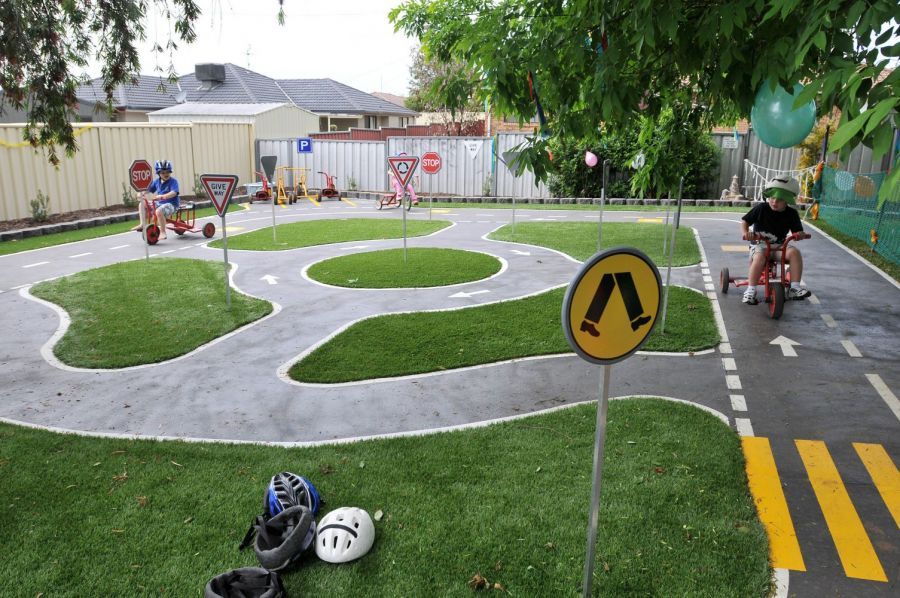Looking for learning environment inspiration? In this article, we’ll look at an extensive list of preschool/kindergarten environment ideas.
Want help planning out your environments? We’ve created a planner that you can use to store ideas, take notes and plan your term.


























